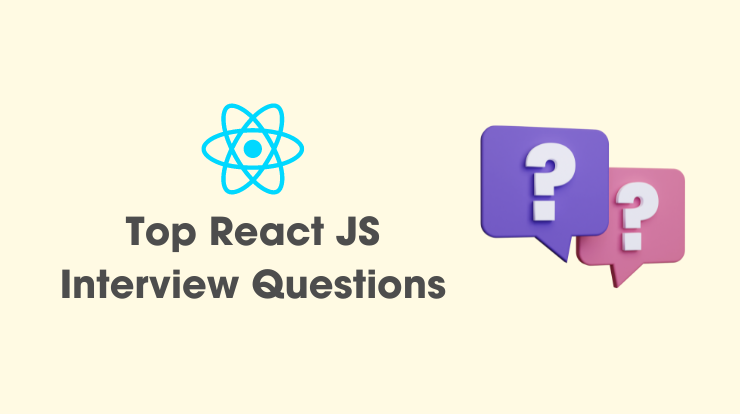jQuery’s Deferred Objects and Promises offer powerful tools to manage asynchronous operations gracefully.
In this trick, we’ll explore how to leverage jQuery’s Deferred Objects and Promises features to streamline your JavaScript code.
Understanding Deferred Objects
Deferred objects in jQuery provide a way to represent the state of asynchronous operations. They allow you to execute tasks asynchronously and then react to their completion, whether successful or not.
Let’s see a simple example to illustrate how Deferred objects work:
// Create a deferred object
var deferred = $.Deferred();
// Simulate an asynchronous task
setTimeout(function() {
// Resolve the deferred object after the task completes successfully
deferred.resolve('Task completed successfully');
}, 2000);
// React to the completion of the task
deferred.done(function(message) {
console.log(message);
});In this example, we create a deferred object and simulate an asynchronous task using setTimeout. When the task completes successfully, we resolve the deferred object, triggering the done() callback to handle the success.
Chaining Promises for Sequential Execution
Promises in jQuery allow you to chain asynchronous tasks together, ensuring they execute sequentially. This is particularly useful when dependent operations need to be performed in a specific order.
Consider the following example where we fetch data from an API and then process it:
// Function to fetch data from an API
function fetchData() {
return $.ajax({
url: 'https://api.example.com/data',
method: 'GET'
});
}
// Function to process data
function processData(data) {
// Process data here
console.log('Data processed:', data);
}
// Chain promises for sequential execution
fetchData().then(function(response) {
// Process data after fetching
processData(response);
}).then(function() {
// Additional tasks after processing
console.log('Additional tasks completed');
}).catch(function(error) {
// Handle errors
console.error('An error occurred:', error);
});In this example, we define two functions: fetchData() to retrieve data from an API and processData() to process the fetched data. We then chain these functions together using then() to ensure sequential execution. If an error occurs at any stage, we catch it using catch().
More Tricks
FAQs
jQuery Deferred objects are placeholders for asynchronous tasks. They allow you to perform tasks asynchronously and then react to their completion, whether successful or not.
You can use Promises in jQuery by chaining asynchronous tasks together using the then() method. This ensures that tasks execute sequentially, making it easier to handle dependent operations in your code.






